
Creating Emotional Appeal in Home Decor Copy
Today’s theme: Creating Emotional Appeal in Home Decor Copy. Discover how to write room-ready words that feel like an embrace—copy that evokes memory, comfort, and belonging. Stay with us, subscribe for weekly prompts, and share your favorite cozy details so we can learn together.
Understanding Emotional Triggers in Home Decor Copy
Invite readers into a lived-in scene with sensory cues: buttery leather that warms under sunlight, sun-washed linen that whispers cool against skin, cedar that lingers after the door closes. Replace vague adjectives with textures, temperatures, and sounds. Try rewriting one product description today using five sensory details, then tell us which one most changed how the piece feels.
Understanding Emotional Triggers in Home Decor Copy
Nostalgia works when it is specific and honest. Think Sunday pancakes on a chipped plate, the hush after a bedtime story, or the bloom of lilac through a kitchen window. Avoid generic “just like grandma’s” lines; anchor memory in real ritual. Comment with a household moment that shaped your idea of home, and we’ll help translate it into resonant copy.
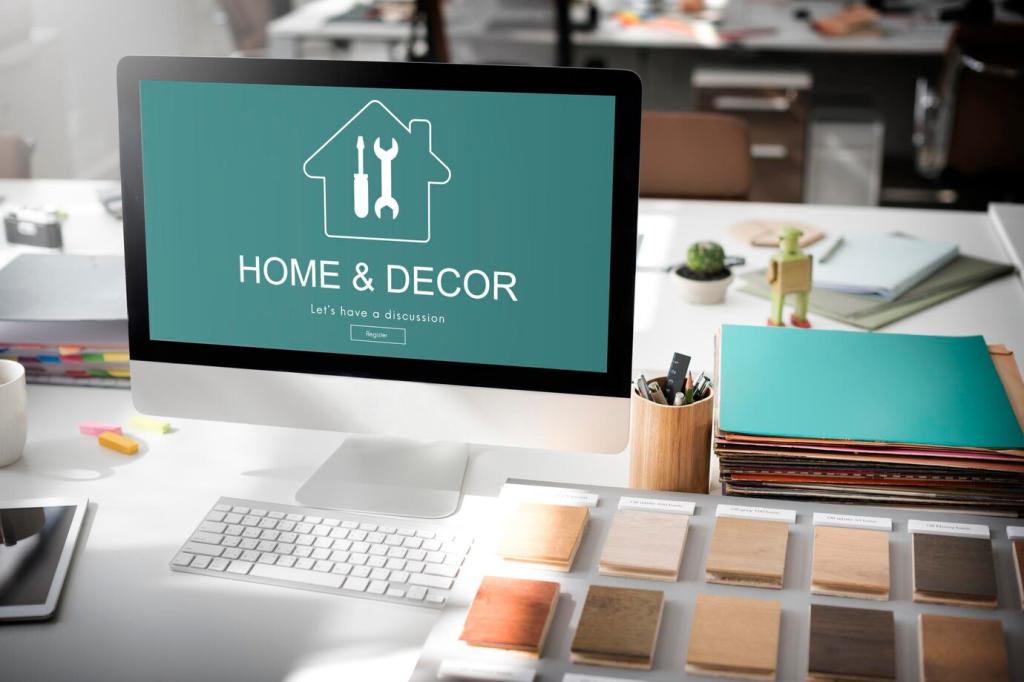
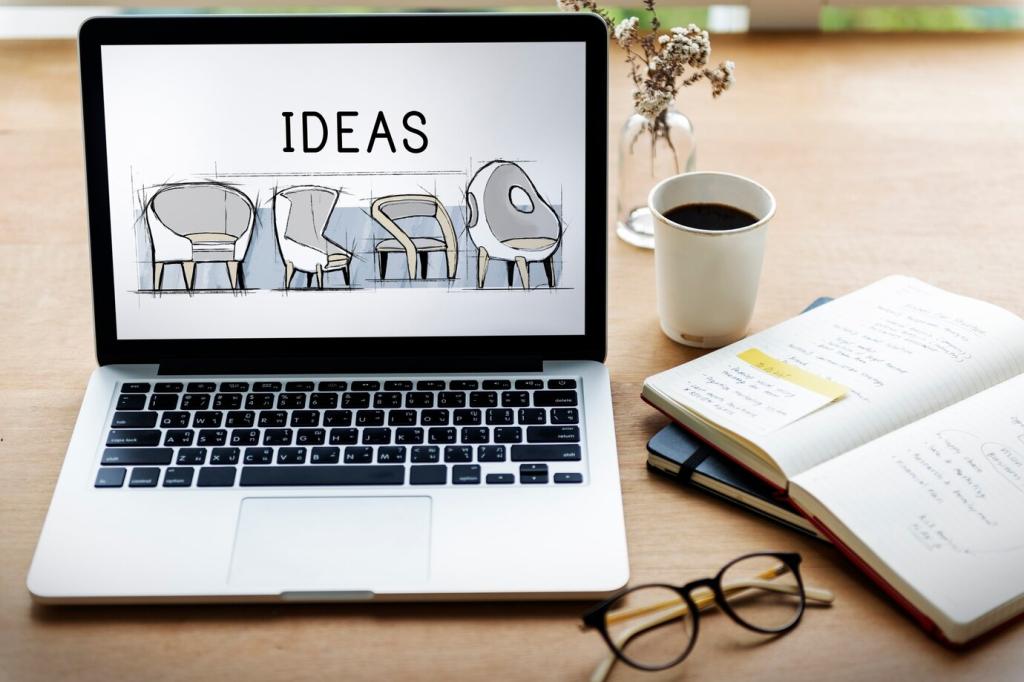
Storytelling Frameworks for Rooms and Products
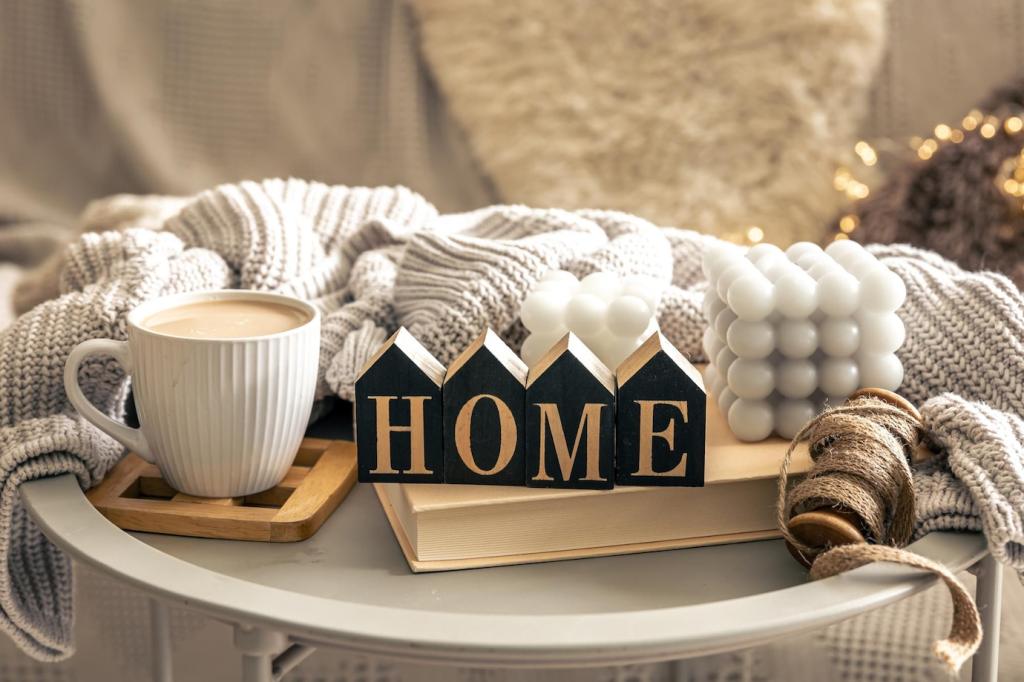
Treat the sofa like a character. Introduce its flaw-resisting fabric as quiet courage, the deep seat as a soft place to land after long days, the corner chaise as a stage for weekend laughter. Map a hero’s journey: conflict (clutter and chaos), mentor (storage ottoman), transformation (gathering returns). Draft yours and share a sentence below for community feedback.
Craft a Brand Persona That Feels Human
Define who is speaking: the considerate host, the design-savvy friend, or the quiet curator. List five core adjectives, three forbidden words, and a one-sentence promise readers can feel. Build a voice chart with examples. Authenticity outruns perfection every time. Tell us your three adjectives in the comments, and we’ll suggest matching phrase patterns.
Keep Tone Consistent Across Touchpoints
Emotional cohesion collapses if your product page whispers calm while your emails shout urgency. Create a language bank of recurring phrases, color names, and texture metaphors. Train your team with side-by-side do/don’t examples. Schedule quarterly voice audits. Reply with one touchpoint you struggle to align, and we’ll send a simple checklist to fix it.
Switch Tones Intentionally, Not Accidentally
Moments of uncertainty—shipping delays, stockouts—call for a steadier tone: reassuring, transparent, responsibly warm. Signal the shift with slower cadence, active empathy, and simple verbs. When celebrating launches, widen the smile without losing sincerity. Practice with scenario scripts. Share a tricky message you need to write; we’ll propose two tone options to test.

Visual Words: Color Psychology and Texture Imagery
Colors cue mood: in many contexts, soft blues calm, leafy greens restore, terracotta grounds, and muted golds warm with quiet optimism. Pair color names with lived scenes—“dusk blue like the sky after rain”—to avoid sterile swatches. Remember cultural nuance; meanings vary. Comment with a palette you’re using, and we’ll help turn it into emotionally intelligent phrasing.
Visual Words: Color Psychology and Texture Imagery
Textures deserve metaphors that honor both feeling and function: cloud-soft bouclé that resists pilling, hand-hewn oak with gentle edge breaks, stoneware that hums with kiln-fired depth. Anchor poetry to practicality. Our A/B tests showed longer dwell time when texture metaphors paired with durability claims. Try one rewrite and tell us whether engagement improves.
Visual Words: Color Psychology and Texture Imagery
Home shifts with light. Describe morning’s citrus brightness on the backsplash, golden-hour strands across the rug, or lamplight pooling like honey beside a novel. These cues carry emotional tempo. Note bulb temperature and window orientation when relevant. Share two photos of the same corner at different times; we’ll suggest copy lines that echo the rhythm.
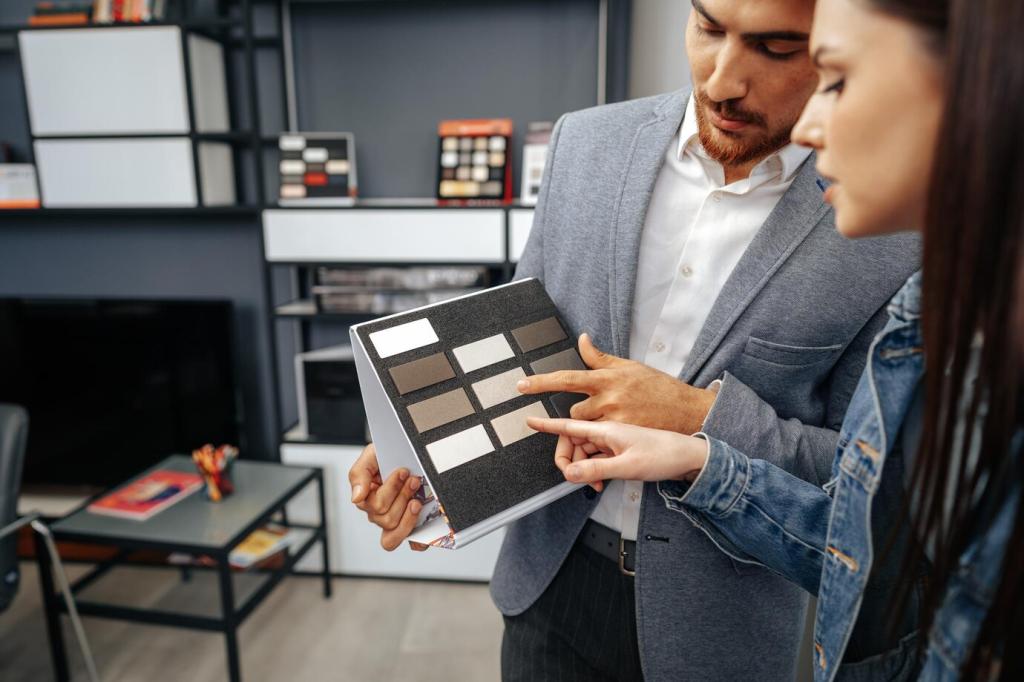
Turn Testimonials into Scenes
Move beyond star counts. Shape permissioned quotes into mini-vignettes: “Maya, Cleveland, lights one cedar candle before she calls her dad.” Keep names and cities, not surnames. Include sensory details and time-of-day. Always verify accuracy. Share a raw testimonial in the comments, and we’ll help you craft a respectful, scene-rich version.
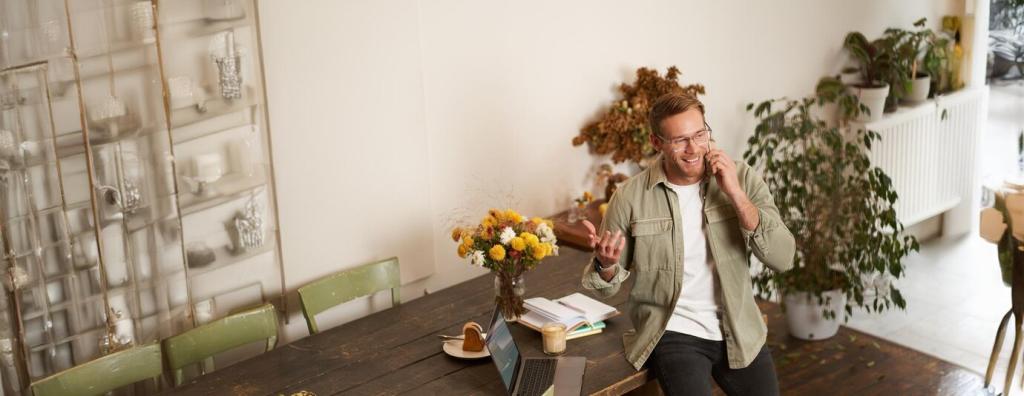
Spark User-Generated Stories with Purpose
Invite photos anchored by prompts: “Show us your reading nook at 8 p.m.” Create a hashtag that celebrates rituals rather than products. Feature diverse spaces and budgets. Offer gentle guidance on framing and light. We’ll spotlight a story each month in our newsletter. Tag us and tell the feeling behind the frame, not just the furniture.

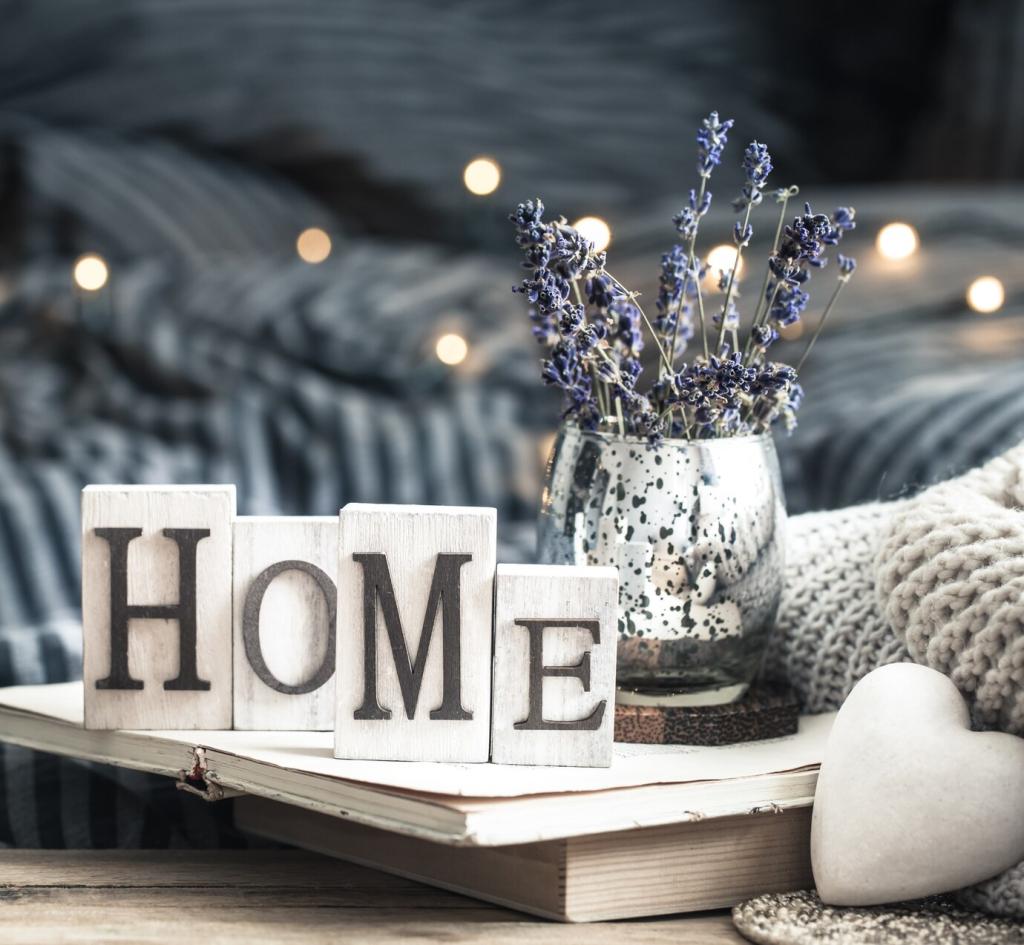
Calls to Action That Feel Like Invitations
Replace pressure language with agency: “Explore the living room collection,” “Save your inspiration,” “See finishes in natural light.” Pair with benefits and clarity about what happens next. Test micro-commitments like “Add to moodboard.” Share your current CTA, and we’ll rewrite it to keep momentum while honoring reader choice.
Calls to Action That Feel Like Invitations
Tease a transformation without hiding details. “See how a single chair reshapes conversation.” Ensure the landing page delivers the promised learning, not a baited detour. Curiosity should open a door to meaning. Drop one headline below, and we’ll suggest a matching payoff paragraph you can use immediately.



Anecdotes and Results: Case Notes from the Studio
A Small Apartment That Found Space
For a 380-square-foot studio, we wrote around rituals, not square footage: a breakfast ledge for sunlit coffee, a bench that hides shoes but shows invitations. The product pages became tiny narratives anchored in time-of-day. Result: longer dwell time and more saved items. What tiny ritual deserves a sentence in your space?
Relaunching a Boutique with a Warmer Voice
A boutique shifted from minimal, aloof captions to warm, sensory story threads. We named colors after lived moments—Rain on Slate, Candlelit Clay—and paired them with customer scenes. Engagement climbed meaningfully, and replies doubled with heartfelt room notes. Thinking about a voice refresh? Tell us your current line and your desired feeling.
Measuring Feelings with Numbers
Emotion can be tested. An A/B experiment swapped generic descriptors for sensory metaphors plus concrete benefits, increasing add-to-cart rate by fourteen percent. Another test added a calming CTA sequence, reducing bounce. Track scroll depth, saves, and reply rates alongside conversions. Share one metric you want to move; we’ll suggest a feeling-first experiment.

